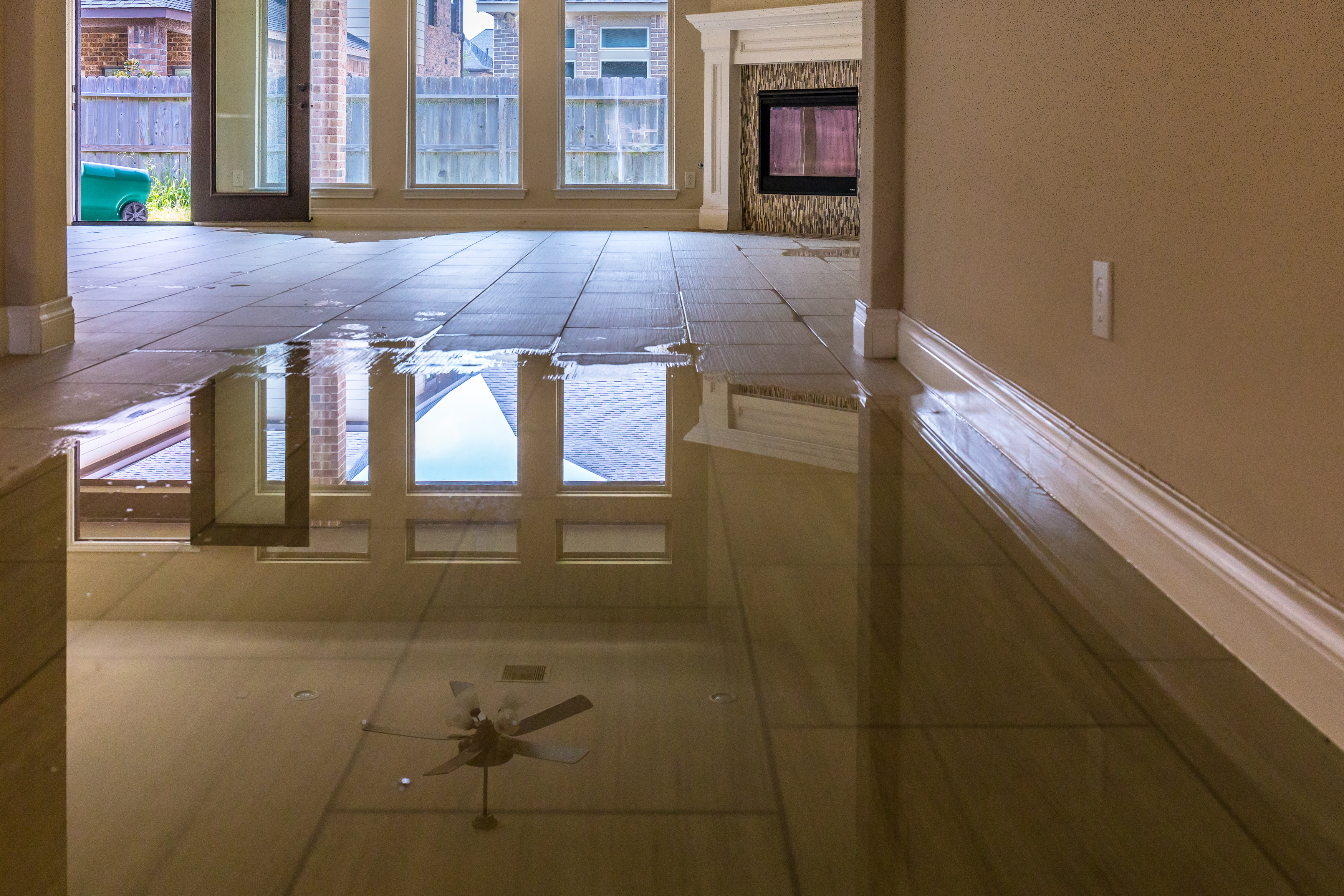What're your opinions regarding Preventing Water Damage in the Bathroom?

The washroom is extremely prone for wet accumulation as well as possible water damage because of the constant use of water in it. This short article supplies simple evaluation techniques to assist identifying water damages risks.
The regular use water in the bathroom makes it incredibly prone for wet accumulation and prospective water damages. By evaluating it regularly, you can decrease water associated problems.
The adhering to set of evaluations is easy to carry out as well as need to be done as soon as in every three months in order to keep your restroom in good shape as well as to stop possible water problems caused by the bathtub, the shower, pipe joints and plumbing, sinks, cupboards, as well as the bathroom
Do not disregard executing these assessments and also be detailed while executing them. Remember that these simple inspections can save you a lot of money by providing early indications for water damage
Sinks and Cabinets
Sinks and cabinets are exposed to moisture and moisture daily as well as are frequently overlooked. Inspect consistently under the sink and also on the counter top above it. Repair any drip in the trap as it might suggest drain troubles. Browse the sink, slow draining pipelines might suggest an obstructed drain. Change sink seals if they are split or loose.
Bathtub and also Shower
The shower as well as tub need special attention and also upkeep. Inspect the ceramic tiles and change if fractured. Make certain that there is no missing grout in between the ceramic tiles. Examine and change split caulking at joints where the walls meet the flooring or the bath tub. Blocked drains and also pipelines issues will protect against the tub from drying and might suggest serious troubles underneath the bathtub. Seek advice from a specialist right away to prevent architectural damage. Pay attention to stainings or soft areas around the bathtub wall surfaces as they may show an interior leak.
Plumbing
Signs for water damages are difficult to detect considering that many pipelines are set up inside the wall surfaces.
Pay special attention to floor covering as well as wall surfaces wetness and spots as they may show an unnoticeable plumbing problem. Inspect moisture degrees in adjoining spaces as well.
The Commode
The toilet is an at risk water junction. Inspect the water lines and look for leaks around the bathroom seat, in the hose, as well as under the water container. If you discover any indications of dampness on the floor around the commode, check for leakages in the toilet rim as well as container seals.
Understand that hanging commode bowl antiperspirants increases the chances for clogs.
Water Damage Signs In The Bathroom To Avoid Cleanup
Musty smell
This is one of the easiest signs to catch because musty smells are so odorous. The damp, earthy, moldy smell should be a big red flag. The smell will develop when moisture gets trapped in surfaces, and begins to facilitate mold growth. Leaking pipes under cabinets, inside walls, and behind shower fixtures will cause moisture to stay trapped and not dry, which will lead to mold growth and spread. As soon as you notice any musty smells in your bathroom, have it checked for hidden water damage and cleanup signs.
Visible mold
If the smell isn’t there to give it away, sometimes you will actually see mold growth. Finding mold in your bathroom is a serious problem, because mold is very harmful to your health. By the time mold growth is visible, it also means that water damage has already occurred and been present for some time. The only way the mold problem can be resolved is to find the source of the moisture and get it stopped. To safely and adequately remove mold, you need to have professionals handle the remediation. Do not waste any time in getting mold problems addressed, fixed, and sanitized so that you can protect you and your family from the many respiratory symptoms caused by mold exposure.
Damaged floors
Bathroom floors should be able to withstand some exposure to water while still remaining in good condition. However, when excess exposure or water leaks occur, they will begin to damage even the most water-resistant flooring. If you notice any cracking, bubbling, staining, or warping on your bathroom floors, there is probably a water leak somewhere causing the distortion. If you notice areas of the floor have become softer, or even have a spongy feeling, there is probably damage to the subfloor. Subflooring is typically made up of plywood. When plywood is exposed to water or moisture, it will absorb it. Once it has become saturated, the weight of the excess water will cause the wood to swell and soften. Check the floors in your bathroom frequently to catch any of these sings before they lead to damaged subflooring.
Changes on walls
When water leaks behind walls, it will cause changes in the drywall. Peeling plaster, blistering paint, and soggy wallpaper are all good indicators that excess water is building up behind the wall. Water leaking behind drywall will cause it to swell and be soft to the tough. If you start to notice gaps along the trim of your walls, or where tile meets the wall, it could also be a strong indicator that there is a leak behind the wall. Any changes, distortion, or damage on the walls should be evaluated as soon as you notice it to prevent further water damage and cleanup.

Hopefully you enjoyed reading our part about Common Causes of Water Damage in a Bathroom. Thank you for spending some time to browse our piece. Those who appreciated our article kindly make sure you remember to pass it around. I treasure reading our article about How to Repair and Prevent Bathroom Water Damage.
Hire A Pro